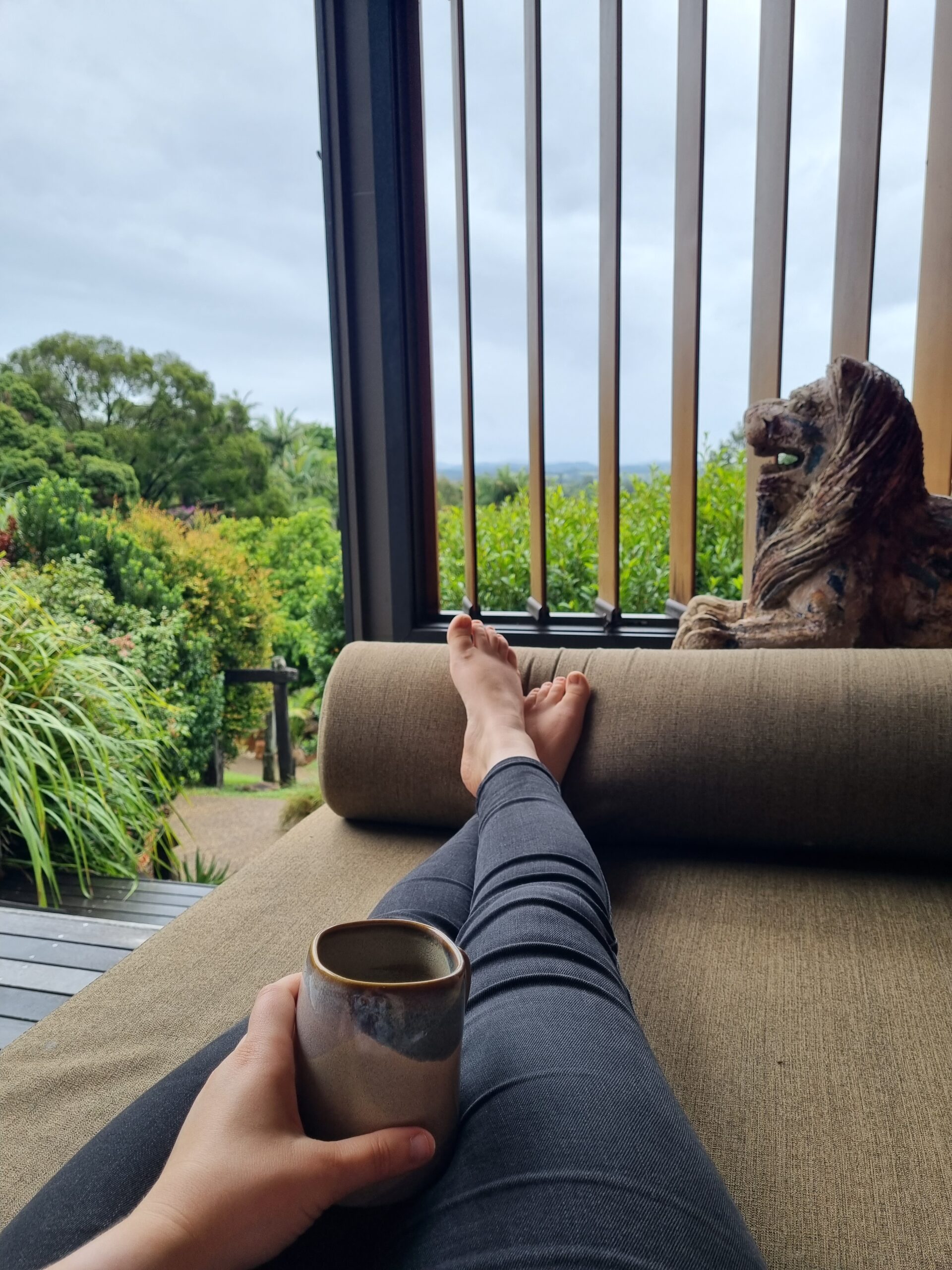Molluscum contagiosum -per the name! – is a highly contagious skin condition sometimes referred to as ‘water warts’ that results in dome shaped papules looking somewhat like a water droplet [1].
It is caused by the molluscum contagiosum virus, and is unique in that humans are the only host and reservoir. Molluscum is commonly seen in children at a 9:1 ratio when compared with adults; sexually active young adults, and those who are immunosuppressed [2].
How does it spread?
Molluscum often spreads through warm water, so children are frequently infected in swimming pools and baths. [3]
Those with skin barrier dysfunction such as atopic dermatitis or eczema are more susceptible to contracting molluscum [2] with an Australian study finding that molluscum was present in 62% of children with a history of eczema [4].
Molluscum also spreads through direct person-to-person contact, touching or scratching yourself and spreading it to other parts of your body (known as ‘autoinoculation’) and through linens such as clothing, towels, face washers, toys (known as contaminated fomites) [5].
The impact of molluscum
Anecdotal evidence suggests school-aged children with molluscum can experience embarrassment, teasing and social isolation [4]. Parents might feel frustrated by the persistent nature of the condition, which can result in a cupboard full of different creams being tried, multiple doctors appointments, and the need to take time off work or school for these appointments.
Preventing the spread of molluscum- basic hygiene advice
The Royal Children’s Hospital in Melbourne advises – “It can take weeks or even months for the spots to appear after your child has come into contact with the molluscum virus.
Good personal hygiene is important to help prevent molluscum spreading. If your child has molluscum:
-
- Give your child showers instead of baths. The molluscum virus can spread to other parts of the body through the bath water.
-
- If your child does have a bath, don’t share baths with other children and avoid bath toys.
-
- The virus can be spread when drying with a towel, so try to dry areas with the molluscum spots last.
-
- Wash and dry any bath toys after use, as they can spread the virus.
-
- Do not share towels, face washers or clothing.
-
- Wash your hands thoroughly after touching your child’s molluscum spots.”
Common molluscum treatments prescribed by doctors
These include topical ointments such as imiquimod, cantharidin or salicylic acid; curettage, cryotherapy and topical corticosteroids [1].
Natural treatments for molluscum
Lemon myrtle oil
A 2004 study found an application of 10% Australian lemon myrtle oil in olive oil resulted in complete disappearance (or greater than 90% of lesions) after three weeks in 9/16 patients when compared with 0/15 in the control group who used olive oil only [6]. Treatment involved applying one drop of either lemon myrtle oil or olive oil to each molluscum lesion once daily at bedtime, and was continued for 21 days or until all lesions had resolved if this required less than 21 days.
Duct tape occlusion
A 2004 case report discusses the use of duct tape occlusion therapy for a case of recurrent molluscum contagiosum.
Duct tape was cut to the size of each lesion and applied after the patient had bathed and towel dried. The duct tape was reapplied after each bath or shower, or if it fell off. After 3 weeks of therapy, the majority of the lesions were crusted over. Duct tape continued to be applied for 2 months, and by the end of this period the lesions had disappeared.
Treatment was well tolerated with no scarring or irritation. Duct tape is easily available and cheap when compared with the cost of over the counter and prescription medications [7].
Tape stripping
The Perth Children’s Hospital outlines the use of tape stripping in its pre-referral guidelines, and suggests that tape stripping can be effective though is often painful.
“Put medical tape on the molluscum and then remove quickly, resulting in removal of the central umbilicated area”.
This sounds like it would be quite uncomfortable, thus I would consider trying this if duct tape occlusion as outlined above was unsuccessful.
Naturopathic treatment considerations for molluscum contagiosum
Molluscum cream/ointment
Thuja, lemon myrtle, lemon balm and St John’s Wort have an antiviral effect when applied topically. I often mix up a ‘molluscum cream’ at the clinic for the young people that I work with.
For over the counter options, you can try the Martin and Pleasance Thuja Cream, or the Wildcraft Dispensary Thuja Ointment- these are both available online or at health food stores.
I would suggest applying 1-3 times daily- whatever frequency works for you and your family.
I recommend using a clean spoon to get a small amount of cream out of the jar for each application, and then using clean hands to apply a small amount to cover each spot- the reason for this is to avoid introducing any nasties into the cream in the jar itself.
Spots should be covered to avoid picking/scratching and further spread; or others coming into contact- this can be either by clothing, or if this is not weather appropriate, a covering of your choice (bandaid, bandage, etc)
Ensure you wash your hands thoroughly after applying the cream.
Prebiotics, strain specific probiotics, and other natural medicines
Prebiotics, strain specific probiotics, vitamin C and zinc can all be used to stimulate a healthy immune system response. For stubborn cases, liquid herbal medicines may be helpful. Speak to your natural medicine practitioner for assistance with an option that is tailored to your unique needs.
Looking for support?
I offer both in clinic and online consultations to help you navigate tailored options for molluscum contagiosium. After a consultation, you’ll be able to access practitioner-only supplements and herbal medicines.
A specific short consultation is available for molluscum, however if your child has multiple concerns- please book an initial child consultation.
You can book online here: https://charlotteingram.com.au/book-appointment/
References
1. Watjer, R.M., et al., Molluscum contagiosum survey – common approach and attitude towards treatment and research in Dutch general practice. BMC Primary Care, 2023. 24(1).
2. Han, H., et al., Molluscum Contagiosum Virus Evasion of Immune Surveillance: A Review. Journal of Drugs in Dermatology, 2023. 22(2): p. 182-189.
3. van der Wouden, J.C., et al., Interventions for cutaneous molluscum contagiosum. Cochrane Database of Systematic Reviews, 2009(4).
4. Braue, A., et al., Epidemiology and impact of childhood molluscum contagiosum: a case series and critical review of the literature. Pediatr Dermatol, 2005. 22(4): p. 287-94.
5. Chao, Y.C., et al., Comparative efficacy of treatments for molluscum contagiosum: A systematic review and network meta‐analysis. JDDG: Journal der Deutschen Dermatologischen Gesellschaft, 2023. 21(6): p. 587-597.
6. Burke, B.E., J.-E. Baillie, and R.D. Olson, Essential oil of Australian lemon myrtle (Backhousia citriodora) in the treatment of molluscum contagiosum in children. Biomedicine & Pharmacotherapy, 2004. 58(4): p. 245-247.
7. Lindau, M.S. and M.Y. Munar, Use of duct tape occlusion in the treatment of recurrent molluscum contagiosum. Pediatr Dermatol, 2004. 21(5): p. 609.






